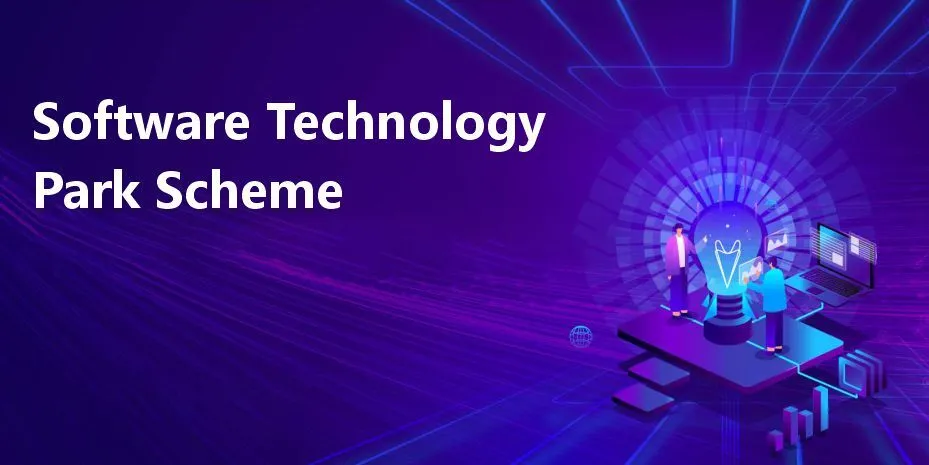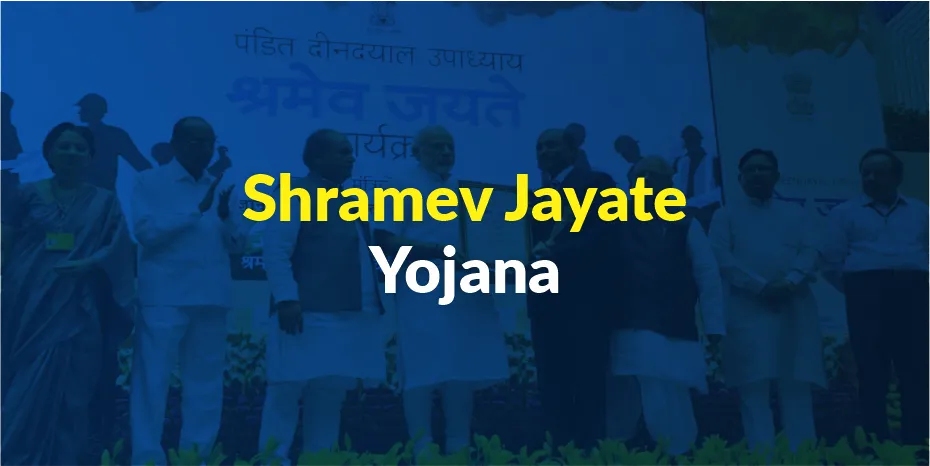| S. no | Content |
| 1 | Introduction |
| 2 | What is Atmanirbhar Bharat Abhiyan? |
| 3 | Objectives |
| 4 | Features |
| 5 | Benefits |
| 6 | Conclusion |
Introduction
Like many beneficial schemes run by the government of India, Atmanirbhar Bharat Abhiyan is one such mission to make India self-reliant and less dependent on others. After the consequences India faced due to Covid 19, Mr. Modi started the Atmanirbhar Bharat Mission which is similar to the Swadeshi Movement. The purpose of initiating this mission is to recover from the crisis caused by the lockdown and make to make people independent in India.
What is Atmanirbhar Bharat Abhiyan?
Many countries had to shut down businesses at the onset of Covid and it destroyed a lot whole of the economy. There has been seen a sharp drop in sales all over the world. Keeping the economy in view, the current PM, Narendra Modi introduced the Atmanirbhar Bharat scheme with a budget of 20 lakhs crores. This was done to support India and rejuvenate the crisis followed by covid. The overall mission is based on five components, which are, economy, infrastructure, systems, demand, and vibrant demography.
Objectives of Atmanirbhar Bharat Abhiyan
These are some objectives Atmanirbhar Bharat Abhiyan work upon:
- The goal is to give more strength to local manufacturers and service providers to make the nation self-reliant.
- Focusing on the trade deficit and exchequer balance to improve the quality of life of the people of India.
- Make a rise in fiscal stimulus to revive every part of the economy.
- Focus on laws, land, labor, and liquidity to put more emphasis on self-reliance in India.
- To issue economic packages up to 10 percent of Indian GDP.
- To issue special incentives and funds to farmers and small business owners who faced immense losses from Covid 19.
Features of Atnamnirbhar Bharat Abhiyan
This is a vast mission that is run all over India to make people recover from losses. There are several other features and processes through which the mission makes India self-reliant.
- Businesses and MSMEs: As we discussed above, the primary purpose of the scheme is to benefit laborers, the middle class, the cottage industry, MSMEs, and others. In the same context, a package of 1.70 lakh crores of the Pradhan Mantri Garib Kalyan Yojna, as a relief package for the poor section so that they can fight the crisis caused by covid. Initiatives had been taken to push the last date of submitting taxes, GST returns custom clearance, etc. Also, it had been made easy for the business including MSMEs to take up loans of 25 crores outstanding and 100 crores turnover.
- Poor and Backward Classes: Agricultural loans of about 4.22 lakh crores have been provided to farmers for agricultural practices. Around 80 crore people from poor families were said to receive 5 kg of wheat or rice per head for three months. Healthcare workers were told to receive insurance worth 50 lakhs. Other benefits like Jan Dhan accounts were opened for 20 crore women, free gas cylinders were given to families which low income ( around 8 crores), also aims to give a non-refundable advance of EPFS up to 75%. It is said that the State Governments also get involved and planned to utilize the State Disaster Response Fund (SDRF) so that they build shelters and provide essentials to migrants. There was also mentioned the disbursal of revolving funds to the self-help groups in the scheme. Rental housing Complexes were made for the migrant laborers and they were made affordable for them. Minimum wages were made applicable to up percent of the rural laborers.
- Agricultural: In the key points of the Atnamnirbhar Bharat Abhiyan scheme, it was mentioned that Nabard would provide additional emergency working capital to the farmers, an amount of 30,000 crores which would benefit over 3 crore farmers. There was an increment in the Pm Kisan Fund which was up to 18,700 crores and an investment was made for the infrastructure fund, an amount of 1 lakh crores. A scheme of 10,000 crores was also made to formalize the Micro Food Enterprises. Fishermen were said to be supported by Pradhan Mantri Matsya Sampada Yojana with an amount of 20,000 crores.
- New Growth Horizons: Through the Atmanirbhar scheme, the government also focused on the industrial sector of India. New Investment was invited through Land banks/Industrial land. The government of India has said to invest the amount of around 50,000 crores in the coal sector. The Revenue sharing mechanism helped the coal sector gain competition instead of the classic fixed rupee per tonne.
- Government Reforms: Under the Atmanirvhar mission, the government aimed to start many reforms to benefit India. 44 percent recovery was made in Corporate Law in 221 resolved business cases. Pradhan Mantri Matsya Sampada Yojana was developed for people with no internet connections in order to support them. The Pm e-vidya program was also introduced to incorporate online and digital education among students.
Benefits of Atnamnirbhar Bharat Abhiyan
These are the following benefits that were given to the people of India through this mission:
- The amount of 3 lakh crores was sanctioned as uncensored loans to MSMEs with an annual turnover of 100 crores.
- The investment of 90,000 crores was provided to the independent power producers and discoms.
- Fiscal Assistance was provided for warehousing, and dairy infrastructure, improving cold chains, and post-harvest management.
- Financing facility will be allowed by Nabard to fund agricultural projects.
- A scheme named Pradhan Mantri Matsya Sampada Yojana was started to improve marine and inland fisheries.
- An investment of around 30,000 for a particular liquidity scheme was released for debt papers of HFCs, MFIs, and NBFCs.
- An investment was made to improve the five pillars on which the Atnamnirbhar Bharat Abhiyan is based, which are, economy, infrastructure, systems, demand, and vibrant demography.
- An extension period was provided for the payment f income tax and GSTs for businesses.
This was in detail how the Atmanirbhar Bharat mission is made convenient for all sectors and sections of the society and how it is benefitting not just the poor marginal population but also supporting small businesses and various other sectors.





